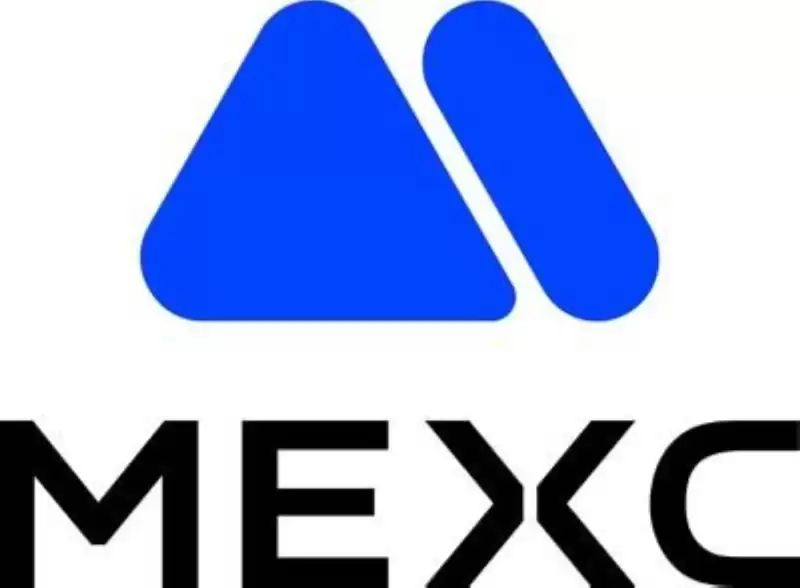 |
|
 |
|
 |
|
 |
|
 |
|
 |
|
 |
|
 |
|
 |
|
 |
|
 |
|
 |
|
 |
|
 |
|
 |
|
Cryptocurrency News Articles
Ethereum (ETH) Co-Founder Vitalik Buterin Outlines a Shift From EVM to RISC-V Architecture
Apr 21, 2025 at 03:45 pm
Ethereum (ETH) co-founder Vitalik Buterin has proposed a major shift for the blockchain's execution layer: gradually replacing the Ethereum Virtual Machine (EVM) with RISC-V architecture.

Ethereum co-founder Vitalik Buterin has put forth a substantial proposal to gradually replace the Ethereum Virtual Machine (EVM) with RISC-V architecture in a major shift for the blockchain's execution layer.
This transition, aiming for improved scalability, prover efficiency, and overall execution simplicity for Ethereum, would unfold in stages with dual VM support, ultimately leading to a complete RISC-V environment.
The proposal, shared on the Ethereum Magicians forum, stems from a pressing need for a long-term scaling solution as Buterin highlighted. In essence, zkEVM systems, designed to verify transactions with zero-knowledge proofs, dedicate a significant portion of their resources to executing EVM instructions.
"The majority of the prover's time is spent performing a large number of RISC-V instructions to execute the small amount of code that the interpreter is written in, and a small amount of prover time is spent executing the user's contract in the same RISC-V environment," Buterin explained.
This disparity in resource allocation has a direct impact on the efficiency of these systems. Buterin further emphasized that in testing phases, systems capable of compiling the EVM into RISC-V have already been developed.
"We observe that in practice, we can achieve over 50x gains in going to a RISC-V environment, and in limited cases, over 100x gains," Buterin noted.
Moreover, this transition would align Ethereum's gas costs more closely with the actual computational expenses incurred. Buterin pointed out that currently, pre-complies, despite minimal computational load, consume a large share of gas due to the EVM's design.
But in a scenario where proving times become the dominant economic factor, there would be pressure to reduce inefficient pre-complies and focus on optimizing computational tasks performed by the RISC-V prover.
suggest several implementation options
suggest several implementation optionsButerin proposed several implementation options, ranging from less to more disruptive. The least disruptive option would be to support both EVM and RISC-V contracts, Buterin said, adding that this would create "two-way interoperability."
A more intermediate solution would be to introduce a formal concept of "virtual machine interpreters," starting with an EVM version implemented in RISC-V, which could be useful for supporting other virtual machines like Move in the future.
A more transformative approach would be to wrap existing EVM contracts in RISC-V interpreter contracts, preserving the behavior of the old contracts while streamlining the protocol.
This proposal is still in its early stages and open to community discussion. But as Ethereum continues to evolve to meet future scaling demands, this idea could influence the roadmap.
Disclaimer:info@kdj.com
The information provided is not trading advice. kdj.com does not assume any responsibility for any investments made based on the information provided in this article. Cryptocurrencies are highly volatile and it is highly recommended that you invest with caution after thorough research!
If you believe that the content used on this website infringes your copyright, please contact us immediately (info@kdj.com) and we will delete it promptly.
-

-

-

-

- AI Activity Data from Phoenix Group Indicates Strong Engagement for Injective ($INJ), Fetch.ai ($FET), and $ARC
- Apr 21, 2025 at 07:00 pm
- The social activity data from Phoenix Group indicates that the AI agent-based crypto projects maintain strong levels of engagement, with Injective ($INJ), Fetch.ai ($FET), and $ARC as the leading three active projects throughout 24 hours.
-

-

-

-

-





























































